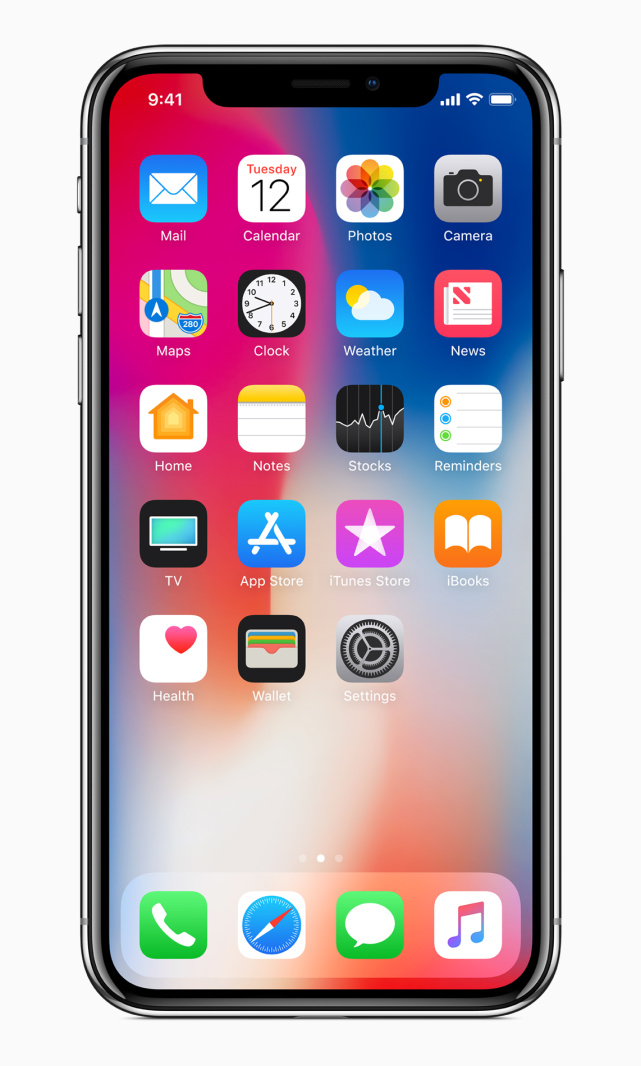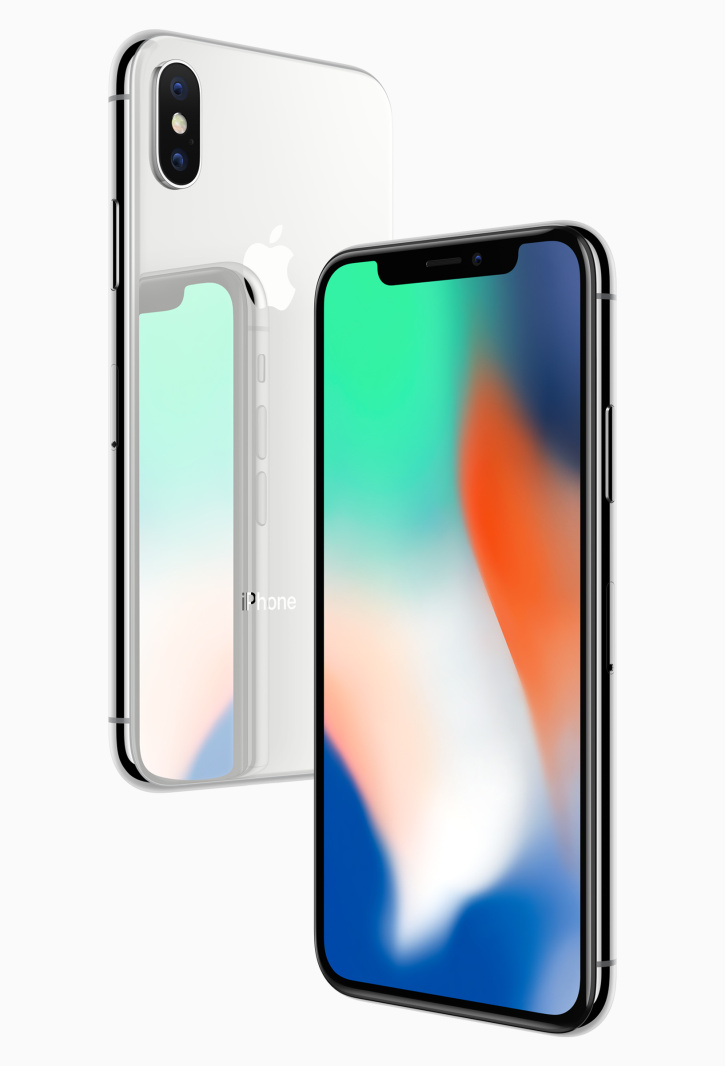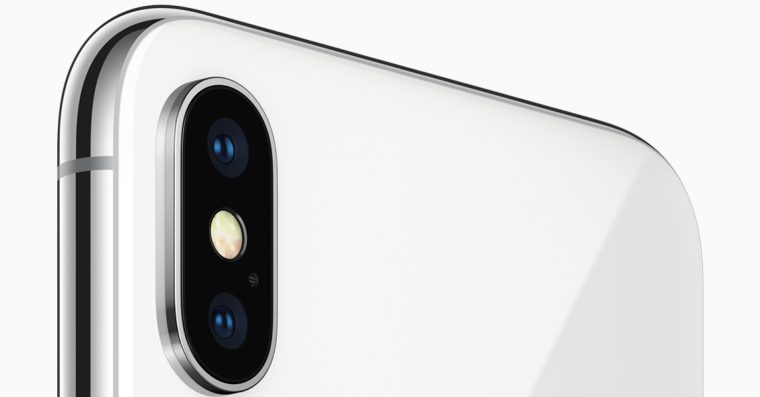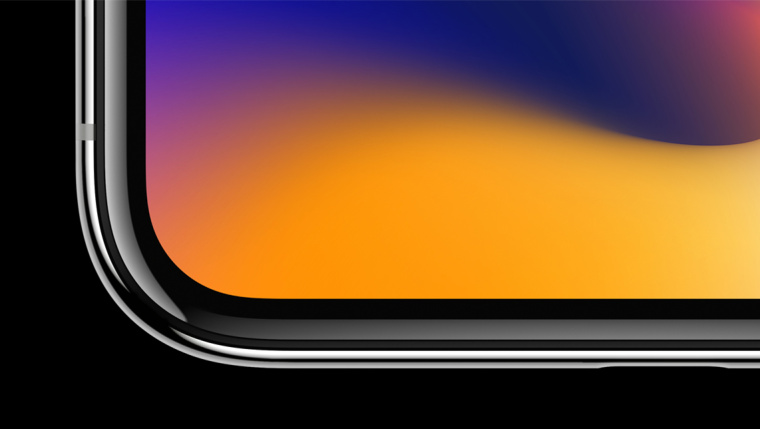The famous cutout has been with us since 2017, when the world first saw the revolutionary iPhone X. It was then that the evolution of mobile phones changed. Traditional designs with large frames have been abandoned, instead manufacturers have opted for a so-called edge-to-edge display and gesture control. Although some protested at first, this concept spread very quickly and is used by practically every manufacturer today. At the same time, in this respect, we can see a fundamental difference between phones with the iOS and Android operating systems.
It could be interest you

If we leave aside the iPhone SE model, which will bet on an outdated design even in 2022, we are offered only models equipped with biometric authentication called Face ID. It is based on a 3D face scan compared to Touch ID (fingerprint reader), it is supposed to be faster and more secure. On the other hand, it cannot be simply hidden - authentication must logically take place every time you look at the phone. For this, Apple relies on the so-called TrueDepth camera hidden in the cutout at the top of the screen. The competition (phones with Android OS) instead favors the fingerprint reader integrated directly into the display.
Cutout as a target of criticism
Competing phones still have a huge advantage over iPhones. While Apple models suffer from the infamous cut-out, which doesn't look the best from an aesthetic point of view, Androids only have a hole for the front camera. So the difference is quite obvious. Although some apple growers may not mind the notch at all, there is still a large group of its opponents who would like to finally get rid of it. And by the looks of it, a similar change is just around the corner.
There has been talk for a long time about the arrival of the new generation iPhone 14, which after long-lasting speculation should finally get rid of that cutout and replace it with a hole. But until now, it was not entirely clear how Apple could actually achieve this without reducing the quality of Face ID technology. But now the giant has acquired a patent that could theoretically bring it redemption. According to him, Apple is speculating about hiding the entire TrueDepth camera under the display of the device, when with the help of filters and lenses, there will be no reduction in quality. Therefore, it will now be watching the development of iPhones in the coming years immensely. Practically every apple lover is curious about how Apple will actually cope with such a demanding task and whether it can succeed at all.
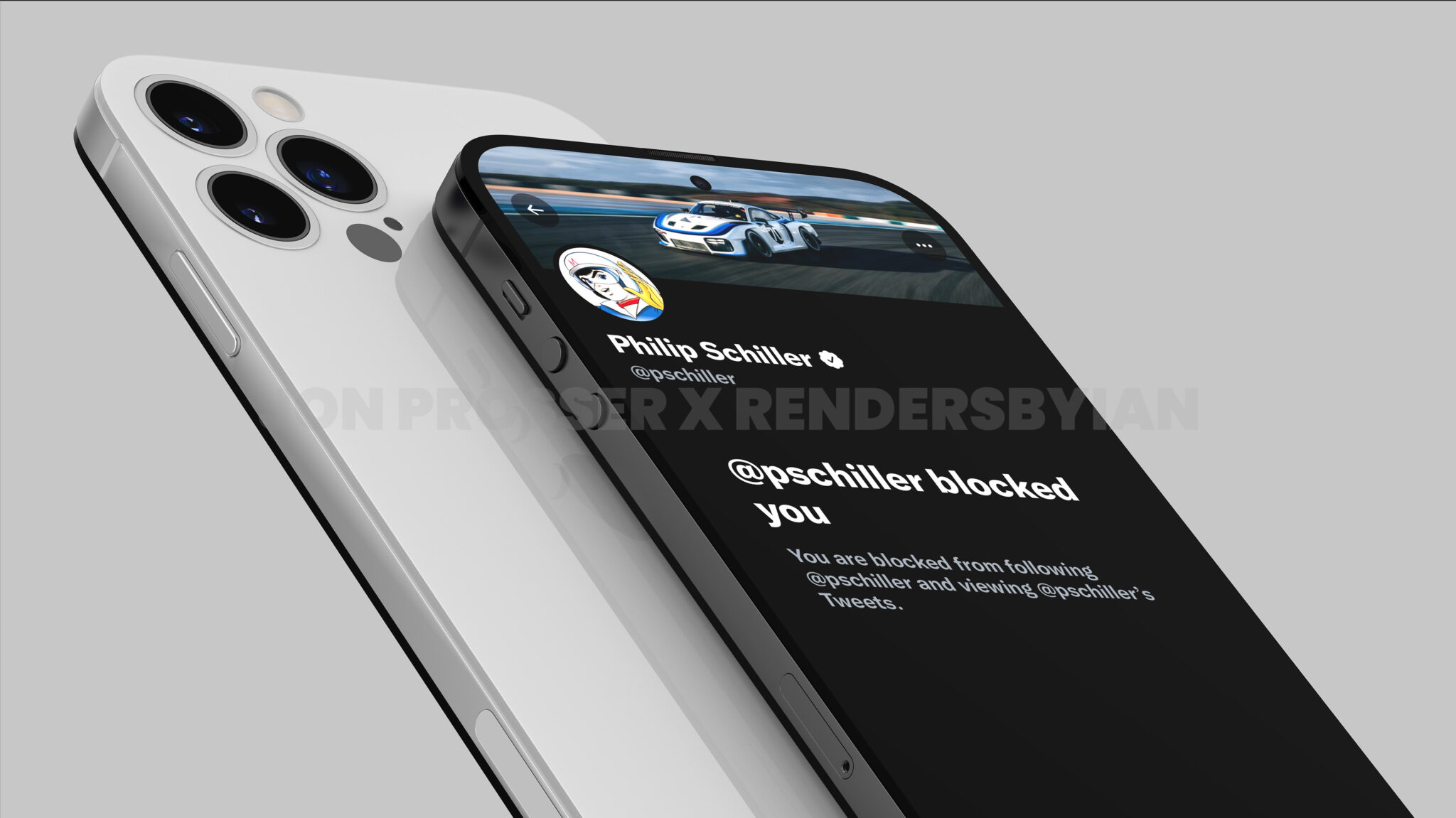
Hiding the camera under the display
Of course, the possibility of hiding the entire camera under the display has been talked about for several years. Some manufacturers, especially from China, have actually succeeded several times, but always with the same result. In this case, the quality of the front camera does not reach the results we might expect from flagships. However, this was true until recently. In 2021, Samsung came out with a new generation of its flexible Galaxy Z Fold3 smartphone, which solves this whole problem quite effectively. It is for this reason that it is also said that Apple has now obtained the necessary patent, which, among other things, South Korean Samsung is also building on.
- Apple products can be purchased for example at AlgeIn iStores whether Mobile Emergency
It could be interest you
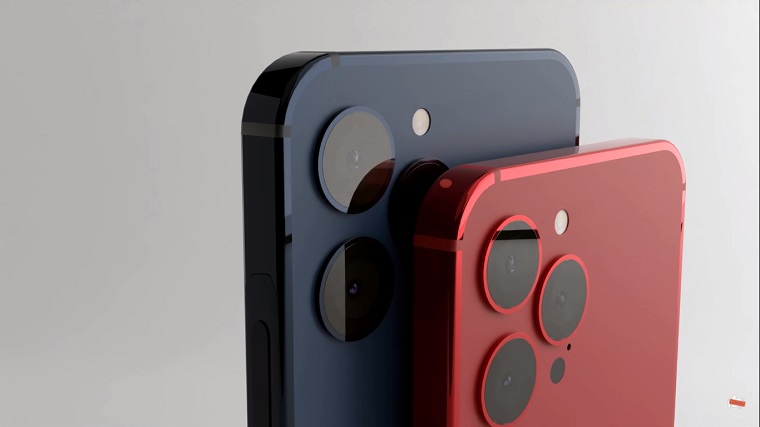
 Adam Kos
Adam Kos 
